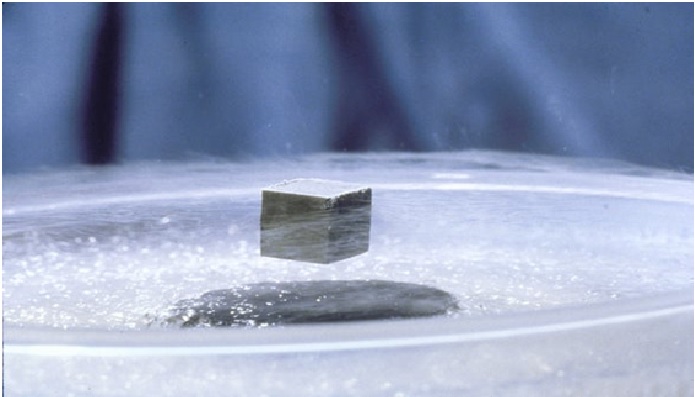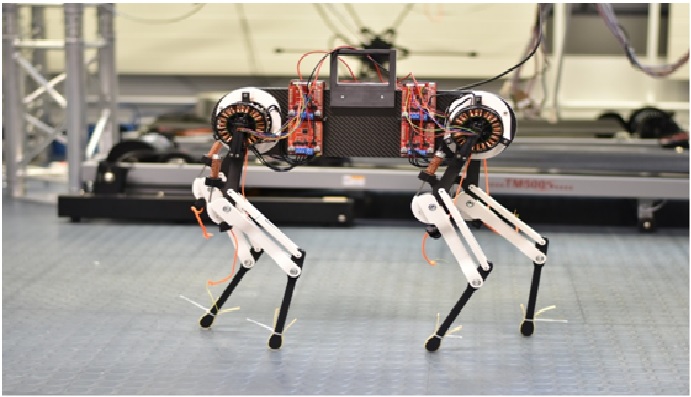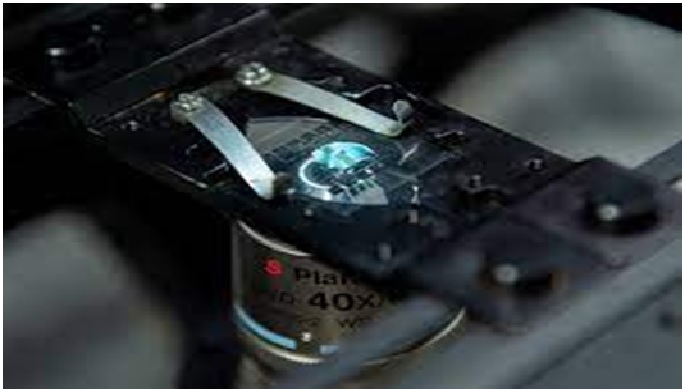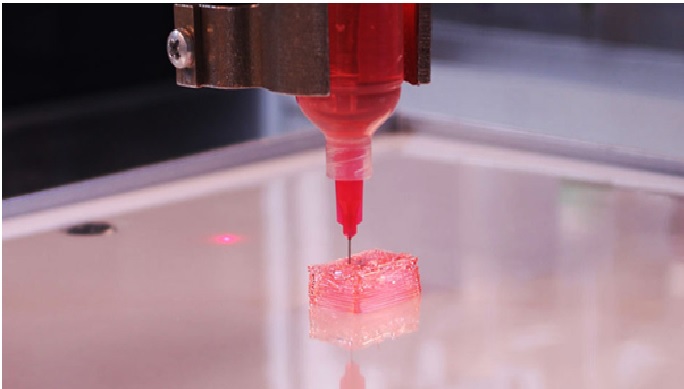Researcher Developed New Chemical Sensor
A group of scientists from the University of Tokyo’s Department of Chemistry, developed a unique, ultra-thin sensor that can be applied to the skin without causing discomfort or irritation. It is made of gold. To conduct on-body chemical analysis, the sensor can monitor several biomarkers or chemicals.

Figure 1. A new unique, ultra-thin sensor.
Figure 1 shows that, a process known as Raman spectroscopy, the laser light directed at the sensor is modified somewhat based on the molecules that are at that precise point on the skin. The sensor is strong enough for practical usage and can be fine-tuned to be exceedingly sensitive. [1]
"These devices are spun from ultrafine threads coated with gold, so can be attached to the skin without issue as gold does not react with or irritate the skin in any way. As sensors, they were limited to detecting motion however, and we were looking for something that could sense chemical signatures, biomarkers and drugs. So, we built upon this idea and created a noninvasive sensor that exceeded our expectations and inspired us to explore ways to improve its functionality even further,” said Limei Liu [2]
The main component of the sensor is the fine gold mesh, as gold is unreactive, meaning that when it comes into contact with a substance the team wishes to measure — for example a potential disease biomarker presents in sweat — it does not chemically alter that substance.
But instead, as the gold mesh is so fine, it can provide a surprisingly large surface for that biomarker to bind to, and this is where the other components of the sensor come in. As a low-power laser is pointed at the gold mesh, some of the laser light is absorbed and some is reflected. Of the light reflected, most has the same energy as the incoming light.
However, some incoming light loses energy to the biomarker or other measurable substance, and the discrepancy in energy between reflected and incident light is unique to the substance in question. A sensor called a spectrometer can use this unique energy fingerprint to identify the substance. This method of chemical identification is known as Raman spectroscopy.”
Currently, our sensors need to be finely tuned to detect specific substances, and we wish to push both the sensitivity and specificity even further in future,” said Tinghui Xiao. “With this, we think applications like glucose monitoring, ideal for sufferers of diabetes, or even virus detection, might be possible.” [3]
References:
- https://www.azosensors.com/news.aspx?newsID=15087
- https://timesofindia.indiatimes.com/home/science/researchers-reveal-wearable-ultrathin-sensor-is-as-good-as-gold-in-recent-study/articleshow/92499793.cms
- https://theprint.in/features/research-shows-wearable-ultra-thin-sensor-is-as-good-as-gold/1022938/
Cite this article:
Sri Vasagi K (2022), Researcher Developed New Chemical Sensor, AnaTechMaz, pp.163















